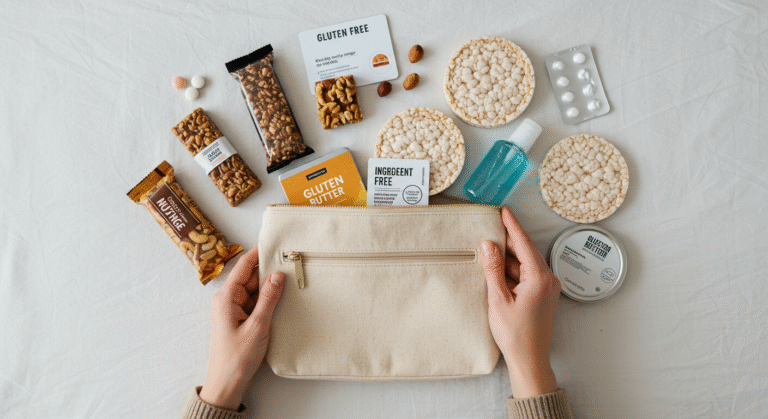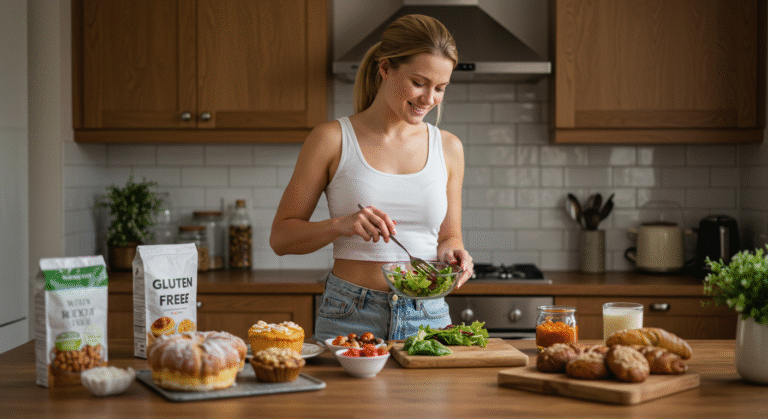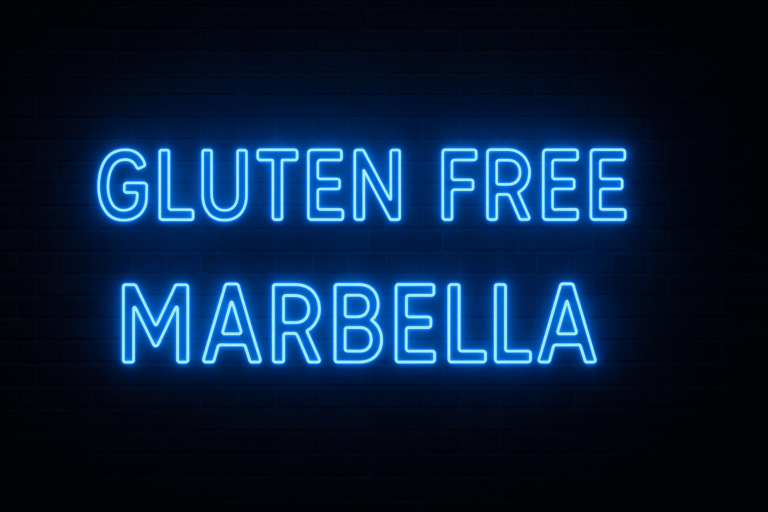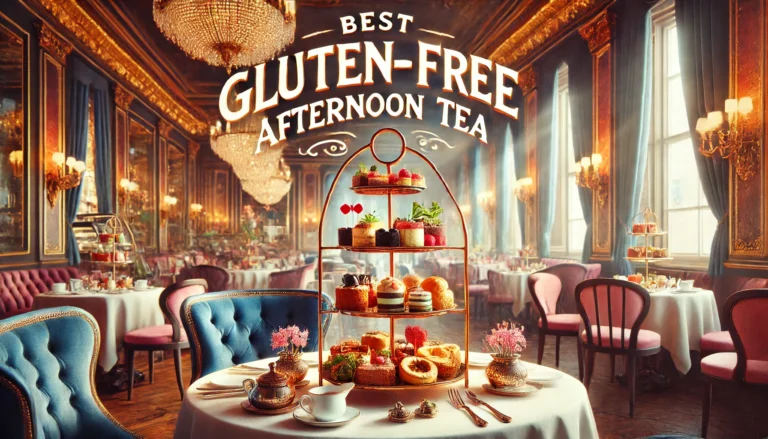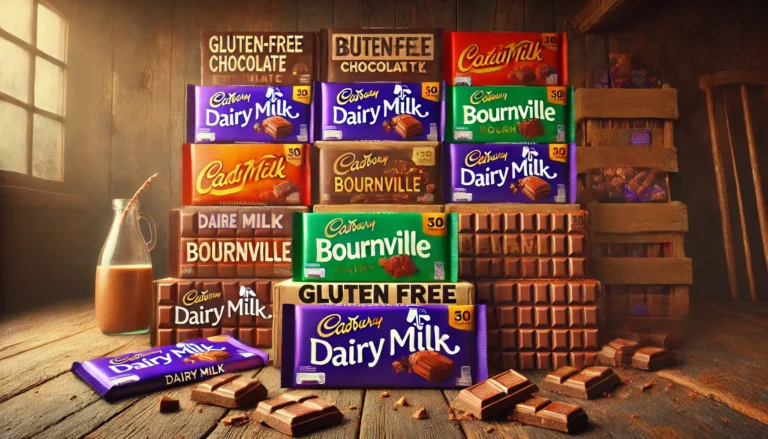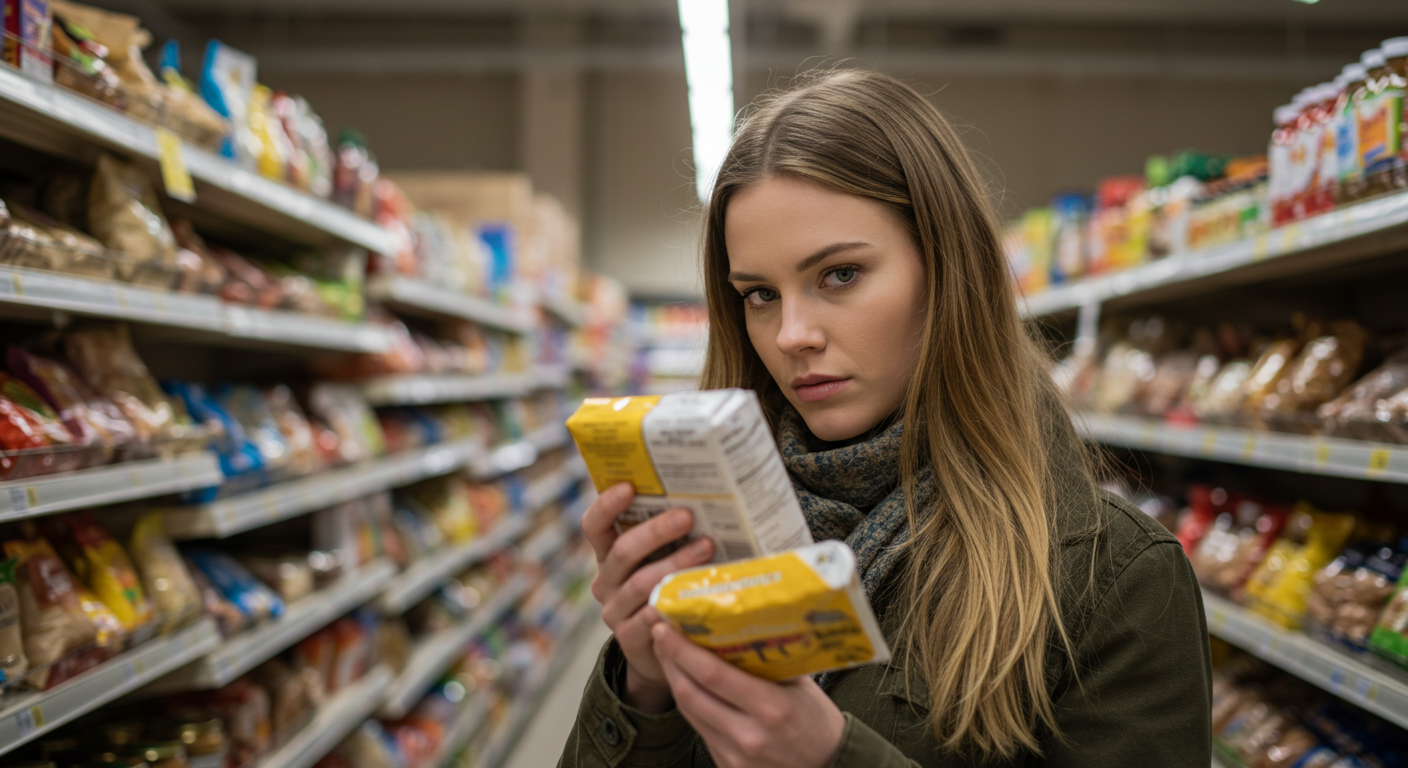
If you follow a gluten-free diet, knowing how to read food labels for hidden gluten is essential. Gluten often appears in unexpected places. Even products that look safe can contain ingredients that are not coeliac-friendly.
For people with coeliac disease or gluten sensitivity, even small traces of gluten can lead to serious symptoms or long-term health problems. That is why learning to read food labels correctly is one of the most important habits to build.
This guide explains how to read food labels for hidden gluten, which ingredients to watch for, and how to shop with confidence in the UK.
What Is Gluten and Where Does It Hide?

Gluten is a protein found in wheat, barley, and rye. It is commonly used in foods to add texture or to help bind ingredients together.
You might expect gluten in:
-
Bread
-
Pasta
-
Cereal
-
Cakes and biscuits
-
Crackers
-
Beer and malt drinks
But it also hides in less obvious products such as:
-
Soy sauce
-
Gravy granules
-
Spice blends
-
Meat substitutes
-
Salad dressings
-
Stock cubes
Many foods that seem naturally gluten-free can be risky if they contain flavourings, additives, or thickeners derived from gluten.
Understanding Ingredient Lists
Ingredients are listed in order of weight, from highest to lowest. This helps you see what the main components are, but it does not always make gluten easy to spot.
You should avoid products that list:
-
Wheat
-
Barley
-
Rye
-
Spelt
-
Triticale
-
Semolina
-
Malt
-
Farro
-
Durum
-
Wheat starch (unless marked gluten-free)
These ingredients always contain gluten and are not safe for people with coeliac disease unless specifically labelled as gluten-free.
Gluten by Another Name: Ingredients That May Contain Gluten
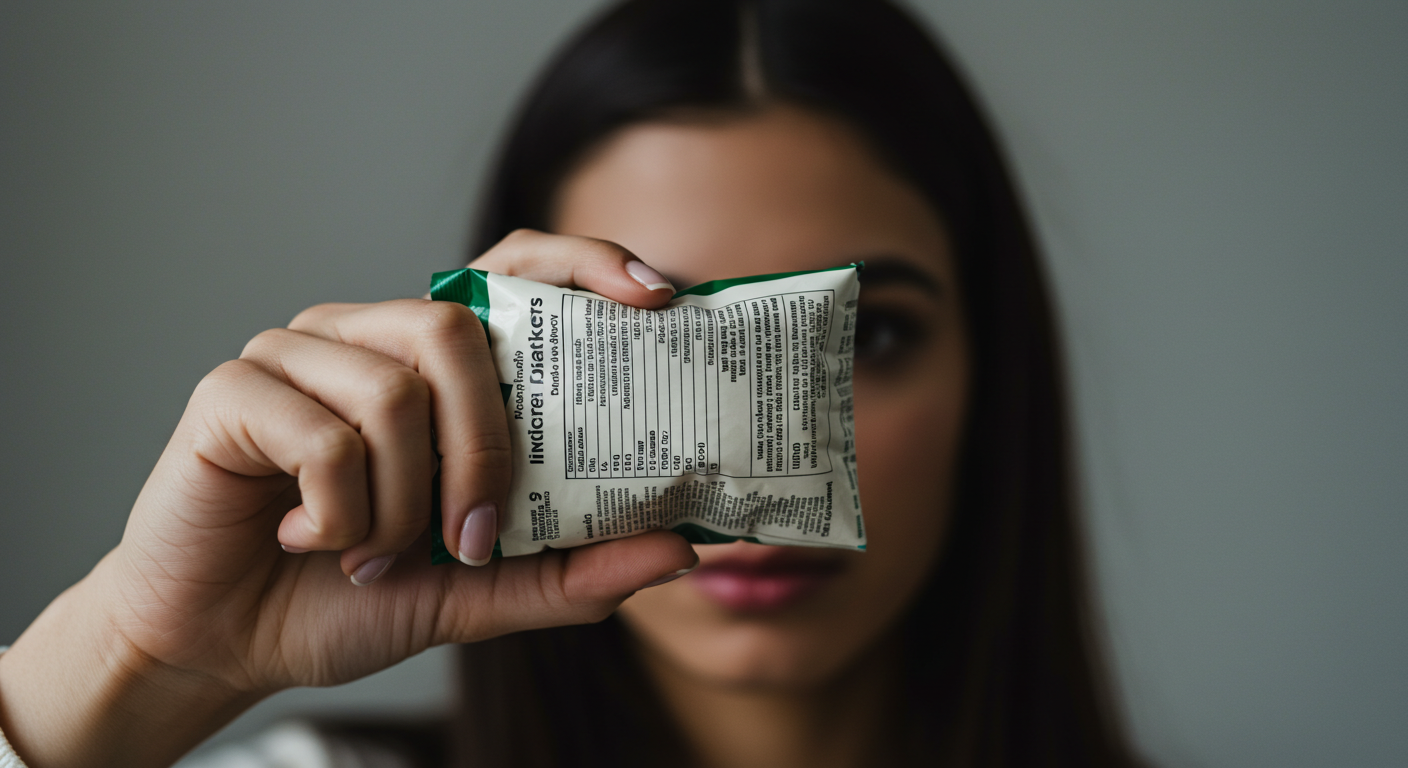
Some ingredients may or may not contain gluten, depending on how they are made. This can be confusing for shoppers trying to stay safe.
Be cautious of the following:
-
Maltodextrin – usually gluten-free in the UK, but check for certification
-
Modified starch – often made from maize, but can also come from wheat
-
Hydrolysed vegetable protein (HVP) – may contain wheat
-
Natural flavours – could include barley or wheat-based ingredients
-
Soy sauce – usually contains wheat unless specifically labelled gluten-free
If the label does not clearly state gluten-free, it is safest to avoid or verify the source with the manufacturer.
Allergen Declarations: Can You Trust Them?
In the UK, food labels must highlight allergens in bold, including wheat. However, this only covers wheat and not barley or rye. That means some gluten-containing ingredients might not be flagged as allergens.
For example, malt extract from barley may appear in a product without being listed as an allergen. This is common in cereals and snacks.
Always read the full ingredient list and do not rely only on allergen statements. Gluten can still be present even if the product does not list wheat.
May Contain Traces of Gluten: What It Really Means
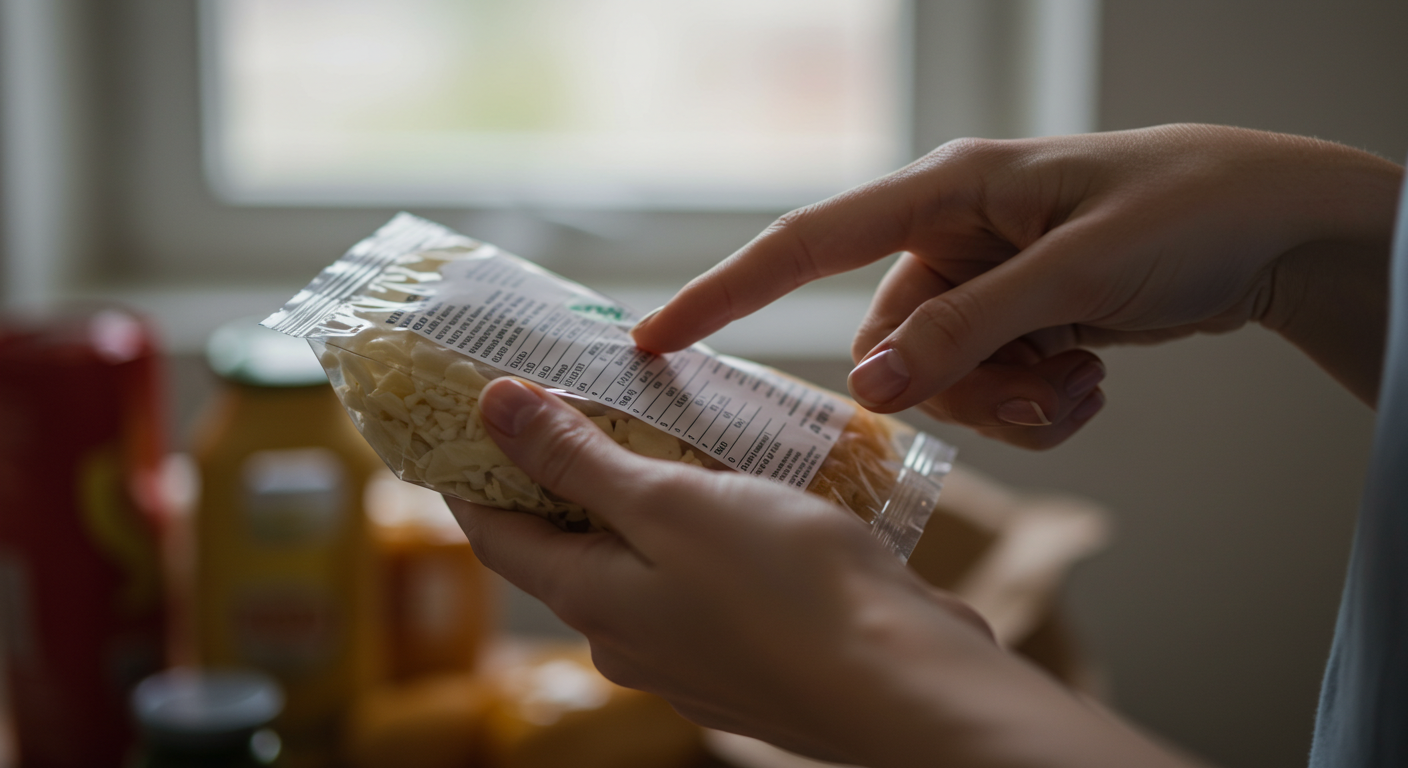
Sometimes a label includes warnings like:
-
May contain traces of gluten
-
Produced in a facility that handles wheat
-
Made on shared equipment with gluten-containing products
These statements are about cross-contamination during manufacturing. They do not mean the product includes gluten ingredients, but there is a risk of contact with gluten during processing.
For people with coeliac disease, this may be enough to cause symptoms. If you are highly sensitive, it is best to avoid anything with a warning about possible traces.
Certified Gluten-Free Labels and What They Mean
One of the easiest ways to stay safe is to look for certified gluten-free symbols on packaging.
In the UK, the Crossed Grain symbol from Coeliac UK is the most trusted. It shows that the product has been tested and meets strict safety standards for people with coeliac disease.
You may also see:
-
“Gluten-free” written on the front or back of the packaging
-
A separate gluten-free section in supermarkets
-
Own-brand gluten-free lines like Tesco Free From or Sainsbury’s Freefrom
Products can only be labelled gluten-free if they contain less than 20 parts per million (ppm) of gluten. This is the legal threshold for safety in the UK and EU.
Foods That Seem Safe But Are Not
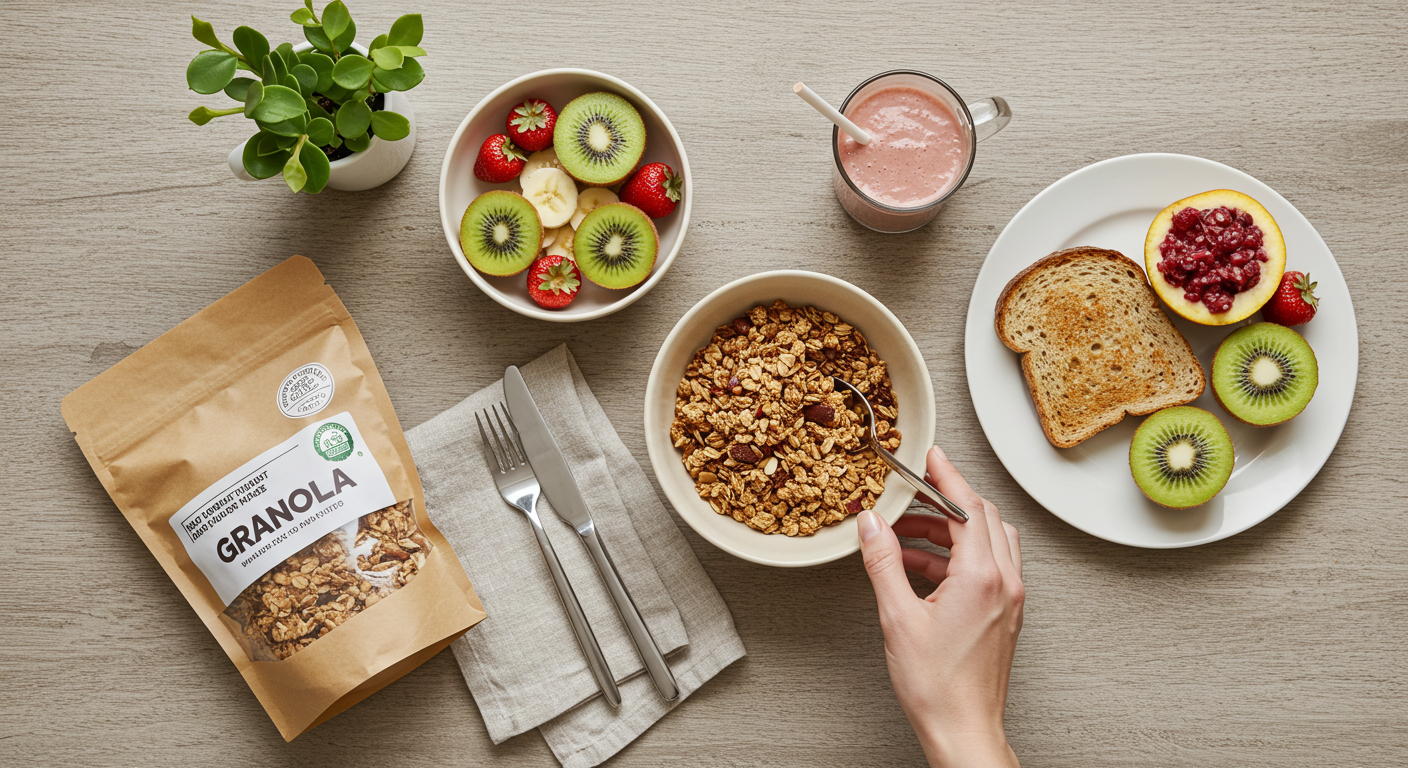
Many foods appear gluten-free at first glance, but contain ingredients that are not suitable for a gluten-free diet.
Examples include:
-
Oats – naturally gluten-free, but often contaminated unless certified
-
Vegetarian or vegan burgers – may include breadcrumbs or wheat flour
-
Processed meats – such as sausages or burgers with fillers or seasoning mixes
-
Rice or pasta mixes – sauces or flavour packets may contain wheat
-
Gravy or soup – often thickened with wheat flour or barley
Always check the ingredients and look for clear gluten-free labels. If in doubt, skip it.
Tips for Reading Labels Like a Pro
Label reading gets easier with practice. Use these tips to shop more confidently:
-
Read the full ingredient list every time – even on familiar products
-
Look for bold allergens – but remember that barley and rye might not be highlighted
-
Check for gluten-free certification – like the Crossed Grain symbol
-
Be careful with vague ingredients – such as “flavouring” or “spices”
-
Know your safe brands – and stick with them
-
Avoid products with “may contain gluten” if you are very sensitive
-
Use apps like Coeliac UK’s scanner – to quickly check products in shops
When in Doubt, Leave It Out
If a product is unclear, it is better to avoid it than take a risk. Reactions from hidden gluten are not worth it, especially for people with coeliac disease.
If you are unsure about a food item:
-
Visit the manufacturer’s website
-
Contact customer service to ask about allergens
-
Use community forums or coeliac support groups
-
Stick to naturally gluten-free whole foods like fruit, vegetables, rice, and legumes
There are plenty of safe options available once you know where to look.
Final Thoughts: How to Read Food Labels for Hidden Gluten With Confidence
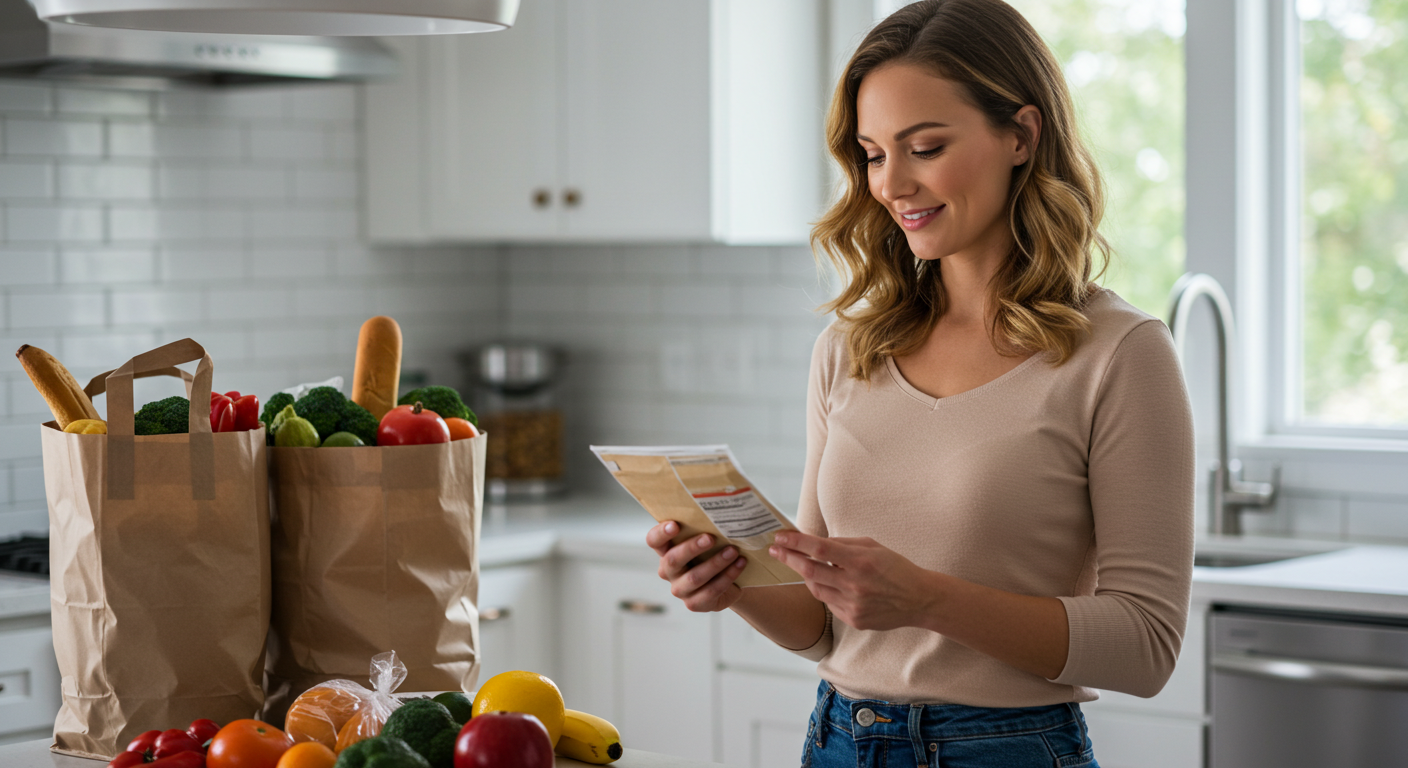
Knowing how to read food labels for hidden gluten is a vital skill for anyone following a gluten-free diet. It may feel overwhelming at first, but it becomes easier over time.
With practice, you will learn which ingredients are safe, which ones to avoid, and how to make fast decisions in the supermarket. Look for certified gluten-free products, rely on trusted brands, and never be afraid to ask questions.
Living gluten-free in the UK is very manageable today. With strong food labelling laws and growing awareness, you have more tools than ever to stay healthy and symptom-free.
